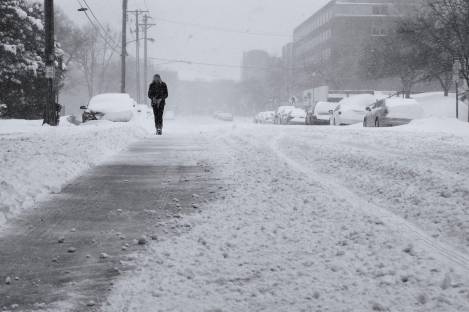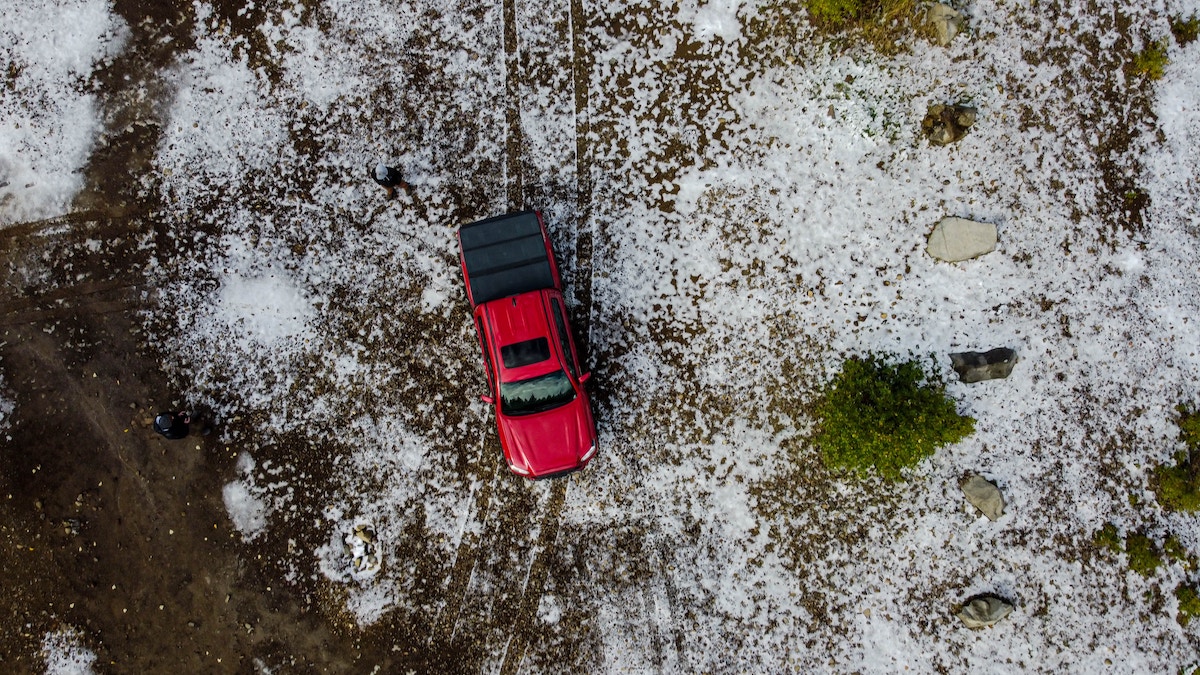Car Insurance and Texas Hailstorm Coverage

Texas is well-known for many things, and hailstorms, unfortunately, are one of them. It is often among the top states with the most hail damage claims. The impact of these hailstorms can cause significant damage to cars, making comprehensive car insurance coverage not just a nicety, but a necessity.
This article will delve into the specifics of hail damage coverage, the variety of deductible options, and the intricacies of the claims process, all within the context of Texas's insurance regulations.
Understanding Hail Damage Coverage
We often think of car accidents as the primary concern for auto insurance, but in states like Texas, where hailstorms are frequent and intense, coverage for hail damage becomes equally crucial. Let's delve deeper into what hail damage coverage is, the specifics and limitations of this coverage, and how Texas regulations come into play.
What is Hail Damage Coverage?
Hail damage coverage falls under the umbrella of comprehensive coverage in auto insurance. This type of coverage protects against damages to your vehicle that are outside of collisions. It covers an array of events like fire, theft, vandalism, and of course, damage from hitting an animal or natural disasters like hailstorms.
When you compare auto insurance quotes, it's essential to not just focus on the price but also on what the plan covers. Not all plans include coverage for hail damage as standard, so checking this detail could save you significant financial stress down the line.
Specifics and Limitations
The particulars of hail damage coverage can differ from one insurance provider to another. While some might cover the total cost of repairs or replacements, others might only cover a portion. For instance, you might find some insurance companies covering the complete cost of replacing a severely damaged windscreen, while others would only pay for a repair.
It's also worth noting that there could be limits on the repair methods covered under your policy. Paintless dent repair is a common, cost-effective method used to fix minor hail damage, but some policies might not cover this method, opting instead to cover more traditional, and often more expensive, repair techniques.
Texas Regulations and Hail Damage Coverage
In Texas, state laws do not require drivers to carry comprehensive coverage. This means the decision to carry coverage for events like hailstorms ultimately rests with the vehicle owner. It's a decision that could have significant financial implications, especially in a hail-prone state like Texas.
However, those financing or leasing a car may be required by their lender to have this coverage. For them, opting out of hail damage coverage isn't a choice. But for others who own their vehicles outright, choosing not to carry comprehensive coverage could mean facing hefty repair or replacement costs out of pocket when hailstorms strike.
Deductible Options for Hail Damage in Texas
A deductible is an amount you agree to pay out of pocket before the insurance covers the expenses. The cost of your premium is inversely related to your deductible; higher deductibles usually mean lower monthly premiums, and vice versa.
Choosing your deductible requires thoughtful consideration of your personal finances and risk tolerance. If you live in an area particularly prone to hailstorms, you might want a lower deductible, but this could lead to higher premiums. On the other hand, a higher deductible could leave you with significant out-of-pocket costs after a storm, even though your premiums would be lower.
In Texas, there are no specific laws dictating the minimum or maximum deductible an insurance company can set. However, companies are required to provide deductible amounts clearly in their policy documentation. This transparency allows policyholders to make informed decisions about what they can afford to pay out of pocket in the event of a claim.
The Claims Process After a Hailstorm
When a hailstorm hits and you suffer from a car crash or damage, the aftermath can be a stressful time. You're left dealing with the effects, and one of the significant tasks that follow is dealing with your insurance claim. However, understanding the claims process can alleviate some of this stress and help ensure that you receive the full benefits of your coverage.
Filing a Claim
After a hailstorm, the first step is to assess and document the damage to your vehicle. This includes taking photos and noting specific damages. The more detail you can provide, the smoother the claims process will be. Following this, contact your insurance provider to start the claim process. They will guide you through the necessary steps, which typically include arranging an appraisal to assess the cost of the damages.
What to Expect
The claims process can be daunting, but understanding it can make it more manageable. Once your claim is submitted, an insurance adjuster will review the damage and estimate the repair costs. The insurance company may issue a payment based on the adjuster's estimate, minus your deductible. In some cases, your insurer may pay the repair shop directly.
Common Challenges
Disagreements with your insurer about the extent of the damage or the cost of repairs can occur. In addition, delays in claim resolution are common, particularly after a large-scale event like a hailstorm, when many people are filing claims simultaneously.
Texas Insurance Regulations and Claims
The Consumer Bill of Rights outlines some of the most important things you need to know. For instance, you have the right to honest and fair treatment. You can also reject a settlement amount if you believe it’s unfair. More so, you have the right to choose the shop where to repair your vehicle.
Conclusion
Living in Texas means that hailstorms are a part of life, making it vital to understand the nuances of car insurance coverage, deductible options, and the claims process in relation to hail damage.
As residents of this dynamic state, it's important to thoroughly compare auto insurance quotes, taking into account your financial situation, risk tolerance, and the potential impact of hailstorms on your vehicle. Proper preparation and understanding can ensure that you are well-equipped to navigate the after-effects of a Texas hailstorm, keeping you, your family, and your vehicle safe.




